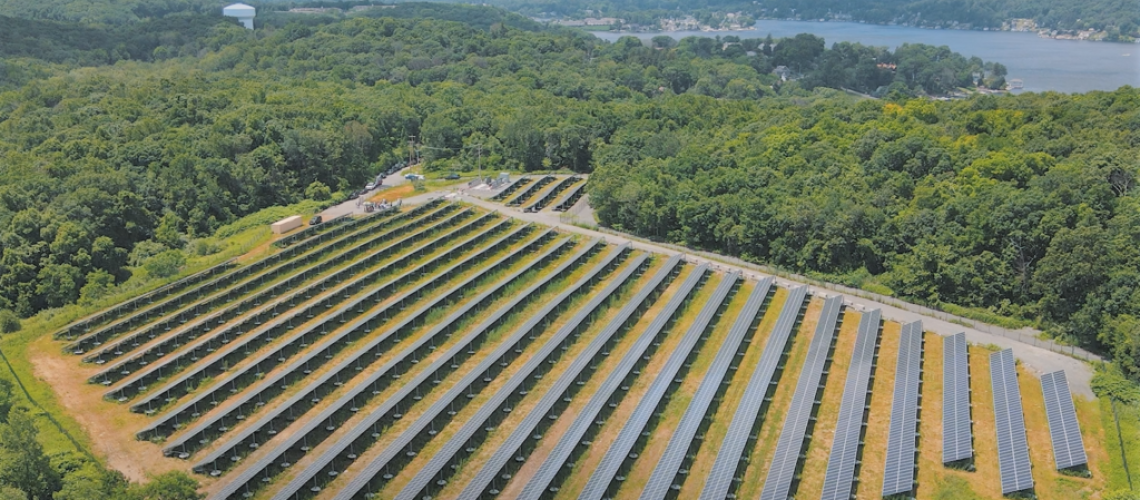SEIA white paper lays out framework for engaging with communities and minimizing impacts of solar siting.
With the passage of the Inflation Reduction Act, and solar contracts setting records, development of utility-scale solar farms is expected to accelerate. As a result, large-scale project siting will become a challenge. The Solar and Storage Industries Institute (SI2) took a look at the issue of siting and released a whitepaper on strategies that maximize clean energy development while preserving natural ecosystems and community character.
The whitepaper, Large-Scale Solar Siting: Encouraging Ecosystem Enhancement and Conservation While Producing Much Needed Zero-Carbon Electricity, makes recommendations for actions that companies can take to engage with communities and minimize impacts to surrounding lands and communities, in an effort to improve the siting and permitting process.
“Solar development and environmental conservation are not at odds — there is more common ground than many people realize,” said David Gahl, executive director of SI2 and lead author of the paper. “SI2 also found that the conservation benefits of solar power go far beyond the clean electricity pumped into the grid. Regulators and federal agencies can go a step further and take these benefits into account when approving large-scale solar projects.”
The paper defines major projects as anything greater than 1 MW in capacity consistent with the projects in the Solar Energy Industries Association “Major Solar Projects List.” One only has to look at recent installations to see the extent of the land needed for future growth. Last year, for example, 17 GW direct current (dc) capacity was installed, and those in development totaled 80.2 GWdc of capacity, roughly equivalent to 40 significantly-sized nuclear generating stations.
With significantly more projects coming online by 2050, the issue of land use is also significant. The DOE estimates that the acreage required for the expected build-out by 2050 would be approximately equivalent to the size of the state of Maryland.
The white paper recommends that decision makers rely on existing law for project development, which requires environmental impact assessments and early engagement with the local community. It advises against new restrictions for renewable energy projects are unnecessary and may cause confusion, which could lengthen the permitting and siting process.
The study points out that demand could be met by using less than 10% of already disturbed lands, such as landfills, brownfields and parking lots, yet not all of these sites are within close proximity to infrastructure or may not be suitable to development.
Solar siting can run into opposition by community members, often based on false information. But to reach an emissions-free grid, the amount of land used for solar needs to grow, and therefore the public perceptions need to be addressed. Solar can be pitched as a tool to preserving land because, unlike putting in a shopping mall, at the end of its useful life the racking system and panels can be removed.
Solar facilities on farmland can retain crop production, with many examples of agrivoltaic installations proving the benefits of dual-use solar. Touting the conservation benefits is a good place to start, and potential benefits should be factored into the permitting process.
States can also help by developing clean energy project development tools for local governments.
“When it comes to new development or infrastructure projects, community engagement is key,” Gahl said. “There is no replacement for talking to community members early and often, and developers must carefully listen to community members and act on any local concerns. If solar companies don’t turn their attention to thoughtful community engagement, we are going to have a difficult time deploying the amount of solar and storage we need to rapidly decarbonize the grid.”
The paper outlines steps to local permitting. With over 90,000 local governments across the U.S., there is significant variation as well as overlap in the permitting process. The report provides three foundational principles of local permits, a framework for development, and more guidance for local governments.



